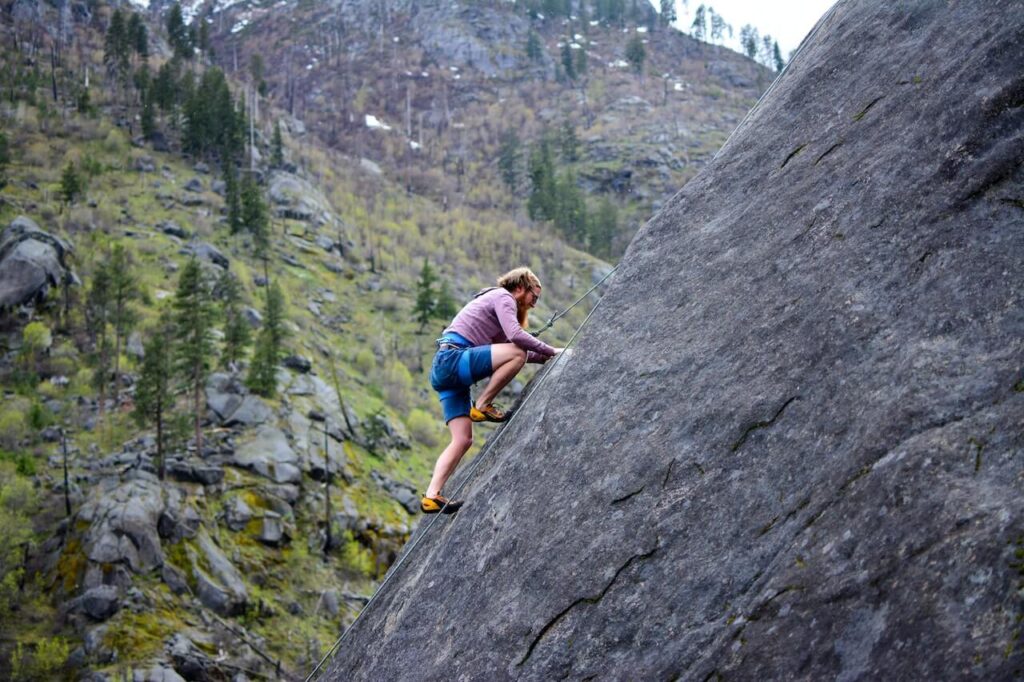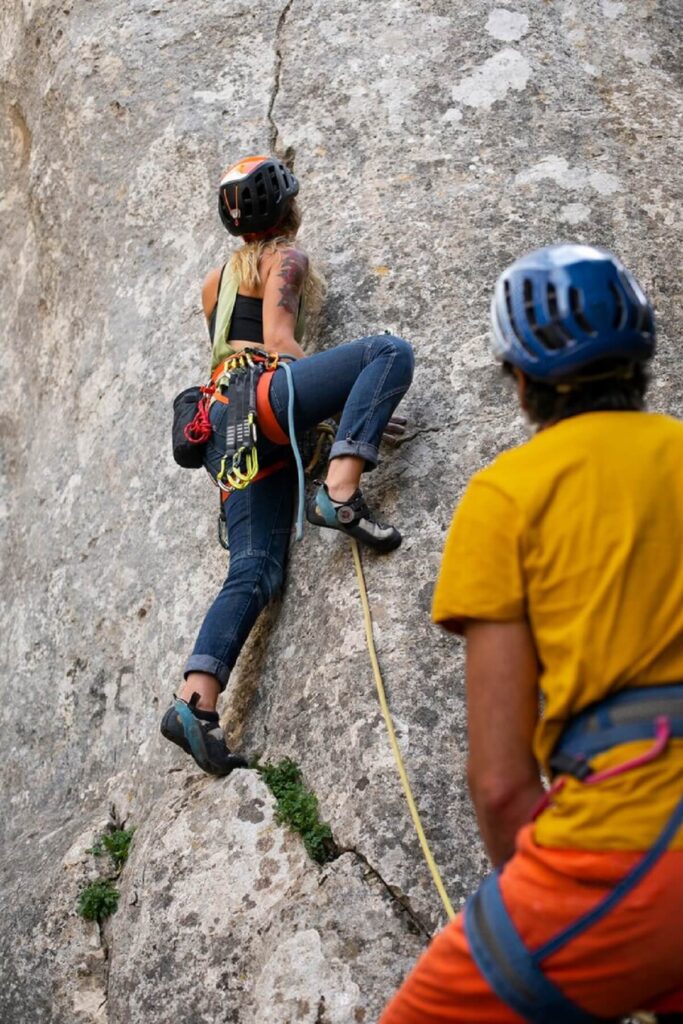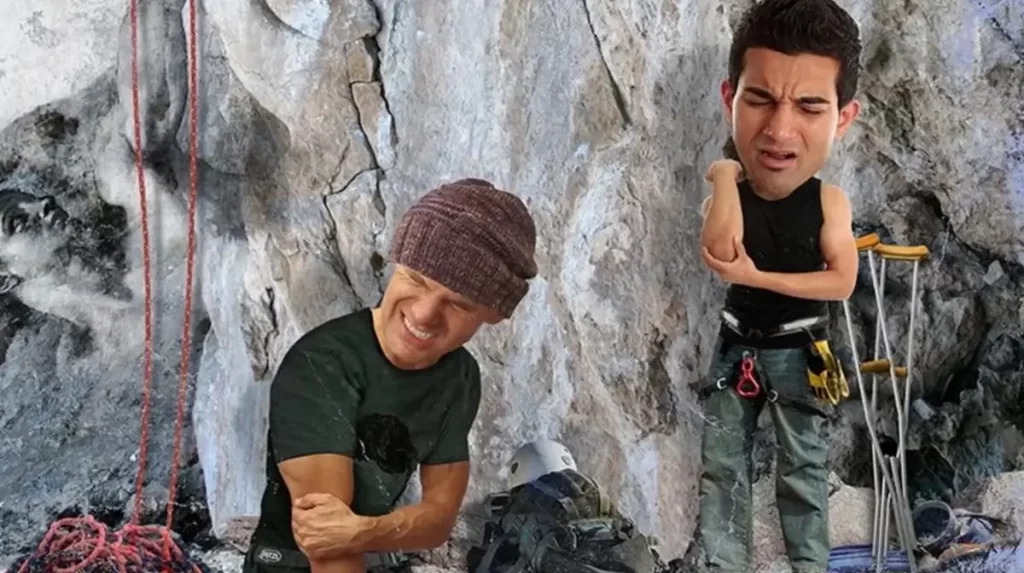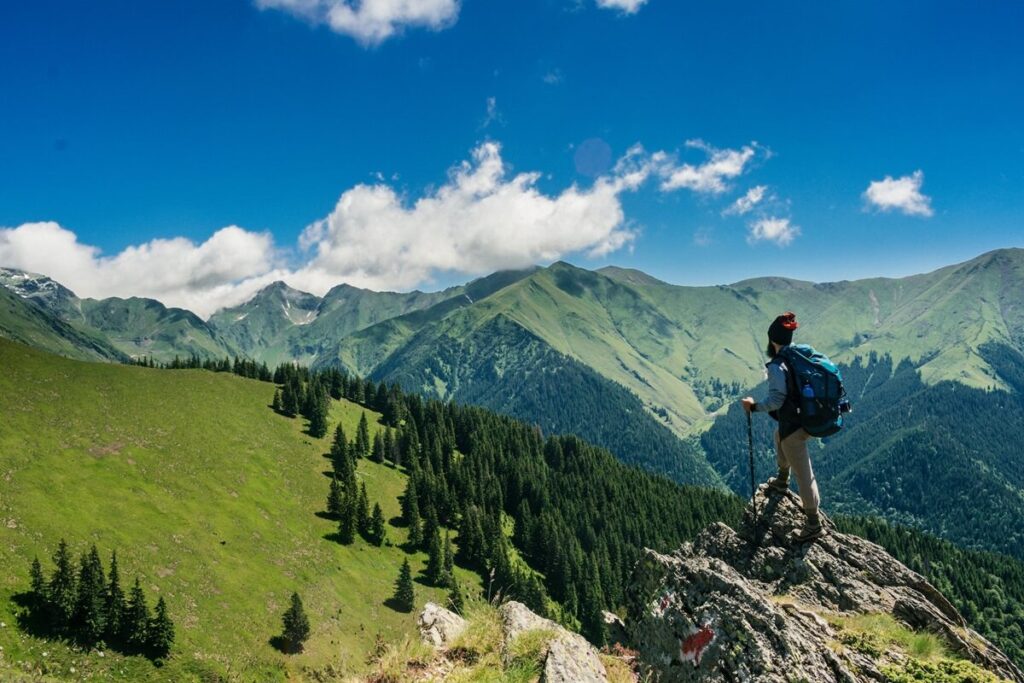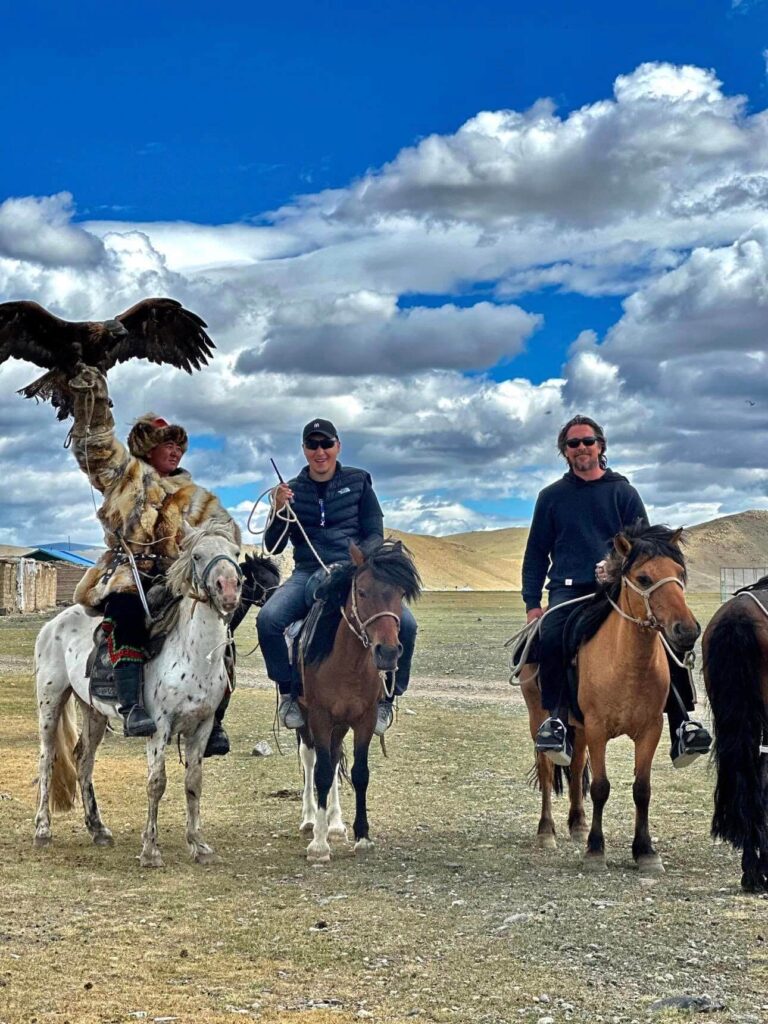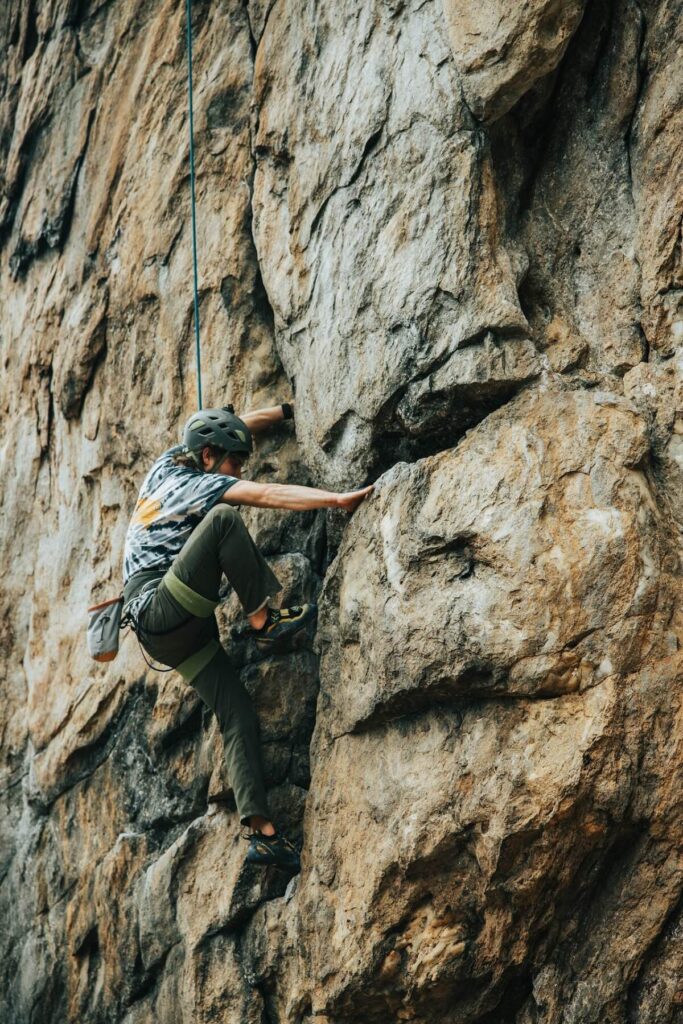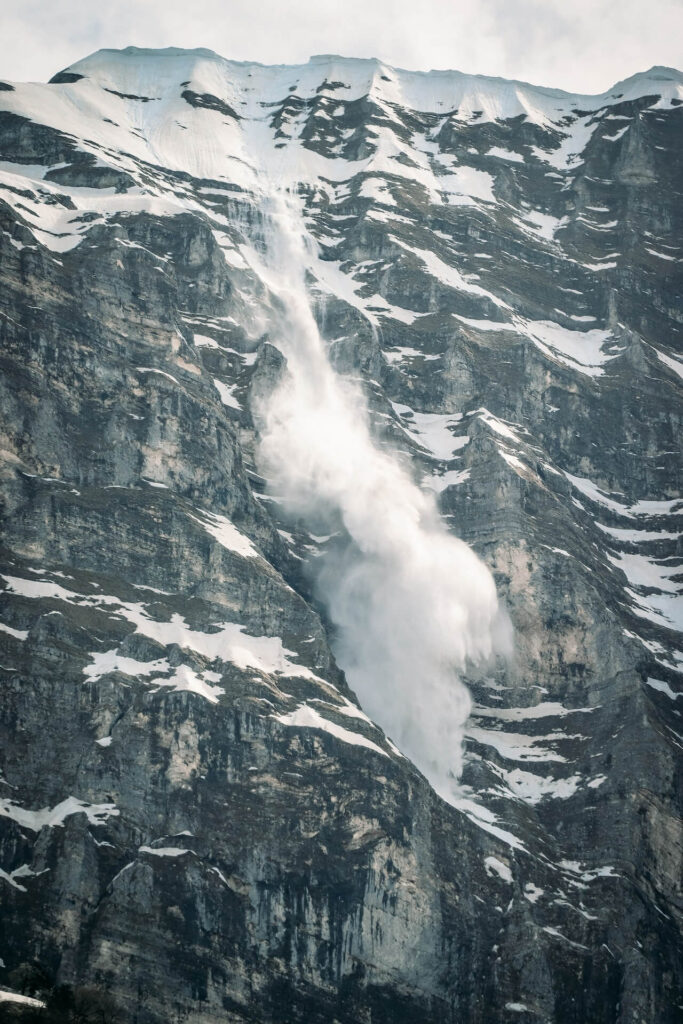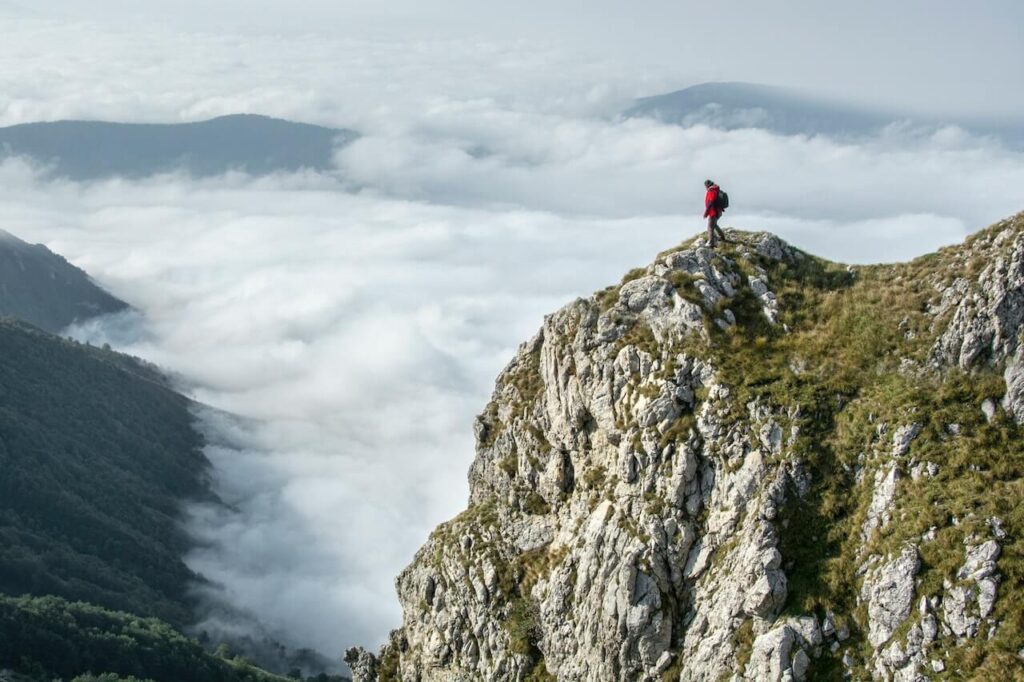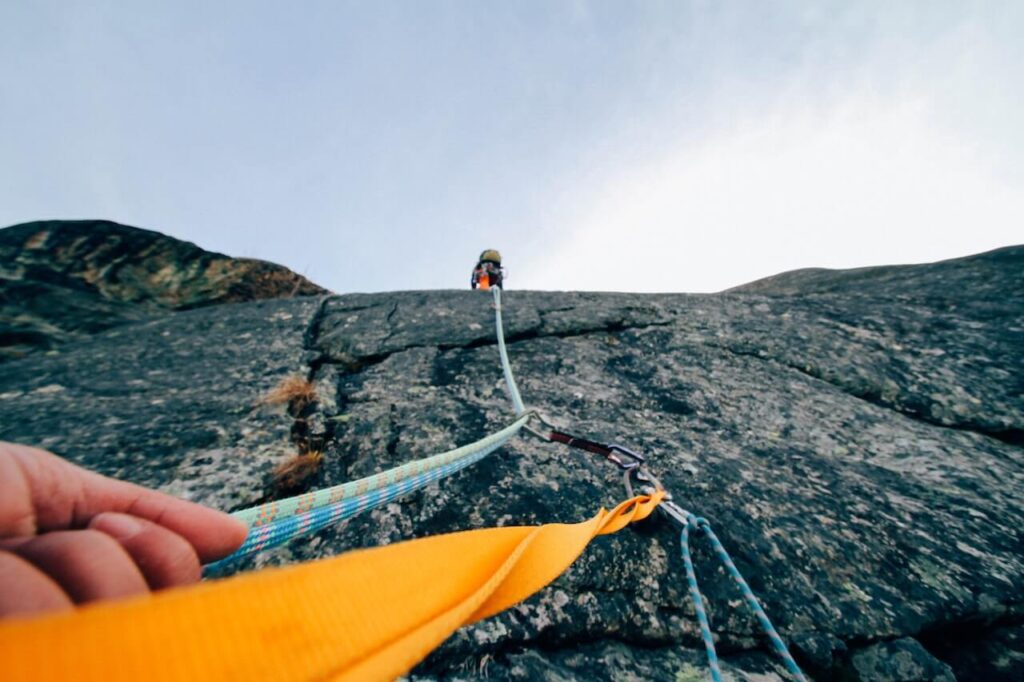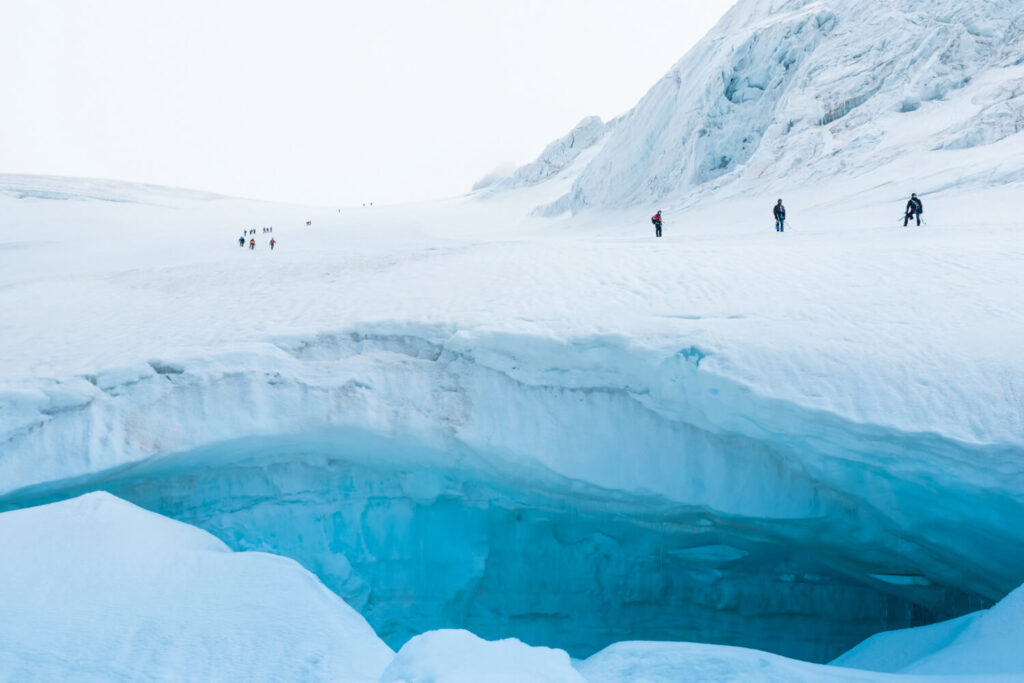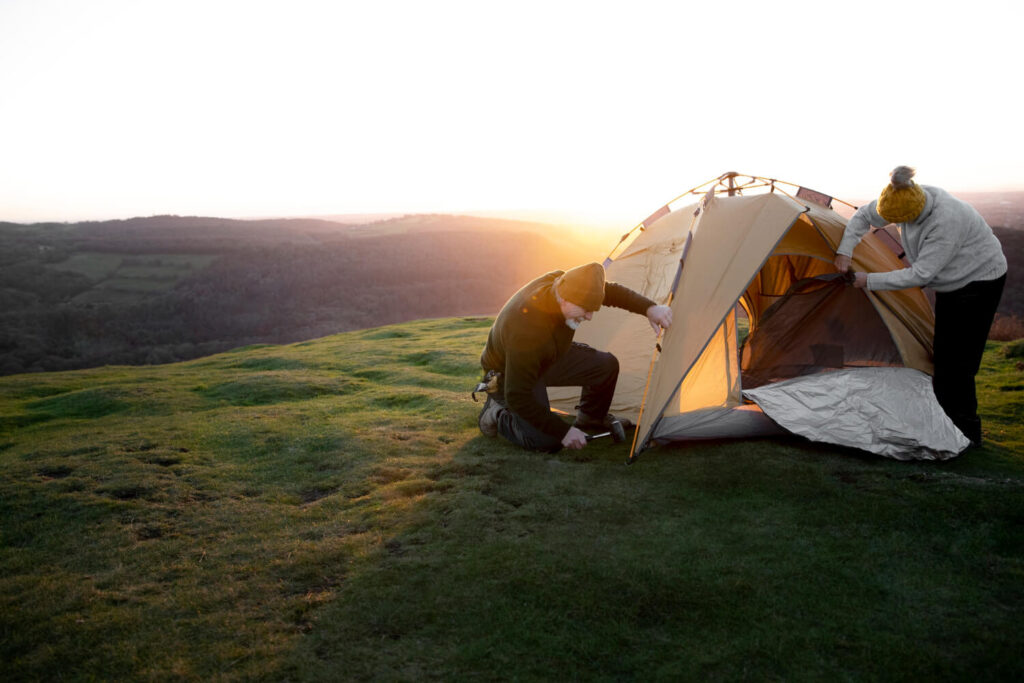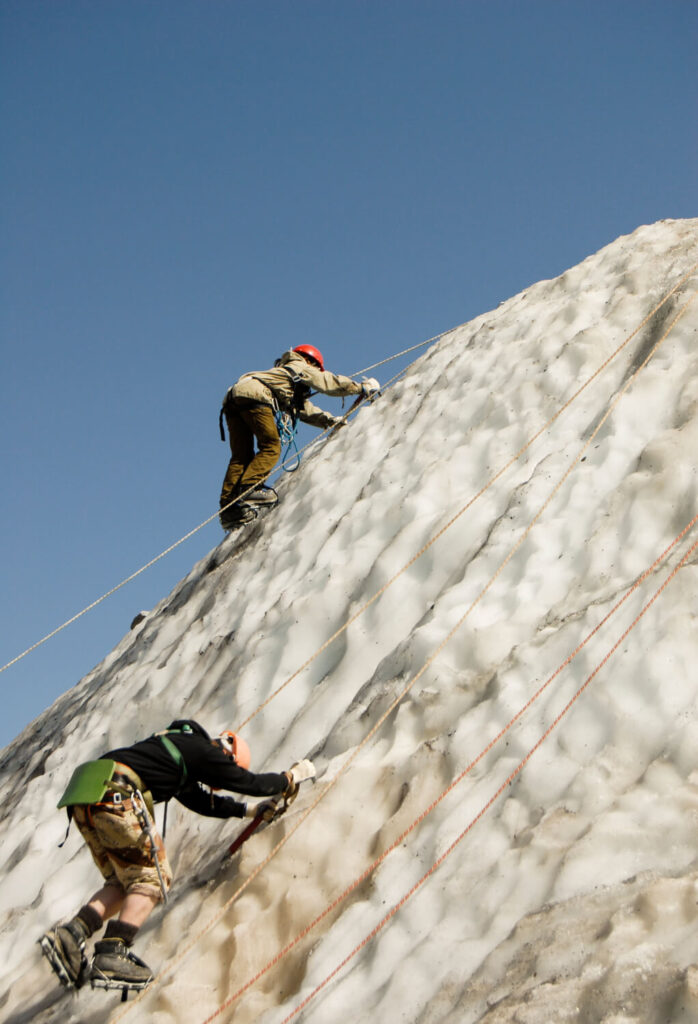Mountaineering is a challenging and rewarding outdoor activity with many benefits that can take you to some of the most beautiful places on earth. But before you can enjoy the views from the top, you first have to make it there. This Mountaineering workout & training plan will help get you in shape for your next climbing expedition.
Keep in mind that with any training program you use:
• Start gradually and build up your exercise
• If you are experiencing discomfort, take a break.
• Stop and get an exam if you sense an injury
• Make sure and drink a lot of fluids (water or exercise drink mix) before, during, and after your sessions.
MOUNTAIN CLIMBING TRAINING PLAN
Although this article contains some sample strength-training exercises, it focuses more on the bigger picture of what makes up a successful mountaineering training program. Your personalized approach should consider both you and the particular mountain you want to climb. With that in mind, here are the general steps involved in following any mountaineering training plan:
- Assess your current fitness level and consider the physical requirements of your climb to see if you’re physically prepared.
Mountaineering is a sport that tests your endurance, similar to running a marathon. It can be described as backpacking on steroids; you’ll have a heavier load, go up steeper inclines, gain more altitude–sometimes in thinner air due to the high altitudes mountaineers often summit. With that being said, going on a winter expedition of Mount Washington would require different preparation than if you were climbing Everest. Make sure you know what supplies and skill level required for whatever mountain you’re attempting to scale.
- Create a training plan that is tailored to your needs.
You have the choice to either make a detailed plan on your own with little money by referencing books, or you can spend more and get a custom-made plan from a personal trainer. The upside of making the plan yourself is that it’s cheaper; however, you won’t get professional feedback and it may be tough to stay motivated.
Although getting help will cost more upfront, you might find that it’s worth it in order to receive guidance along the way. You should be aware that there are many different views concerning training methods, so take caution when choosing what program works best for you.
Making a training plan
Determining the exercises and activities you use for your training should consider a multitude of factors. The following list provides a structure to help determine what will work best for you as you train. Split the plan into three phases:
First Phase
In the first phase, focus on creating a routine that will reduce your chance of injury later and prepare you for subsequent phases. Plan to work out three or four days each week. Each workout should include 30 minutes of aerobic cardio activity, followed by 30 minutes of strength training. Begin each workout with 10-15 minutes of stretching and warm up, then finish with a cool down.
Second Phase
The following phase should prioritize augmenting endurance and intensity. Interval training is an excellent way to do this. During this stage, try to focus on aerobic activity for approximately 70% of the time. 3-4 days a week for 1 hour each ought to suffice for now with regards to aerobics–this can entail anything from jogging and swimming to biking or stair climbing.
If you’re seeking something more adventurous, go out and try your hand (or feet) at actual sports like rock climbing, hiking, or backpacking over longer periods–say, 2 to 5 hours hike time per weekend carrying a backpack with 2000 ft (600 m) elevation gain total as practice .
Third Phase
The final phase is to increase activity levels until you reach your goal. Aerobic exercise should last for one hour, four to five days a week. On weekends, attempt hikes or climbs that are 90-100% the daily elevation gain and duration of the hike/climb you’re training for.
For example, if you’re preparing to climb Mt. Rainier via the Paradise route, note that the first day’s elevation gain is approximately 5000 feet (1500 meters) and it takes most people 5-7 hours. Then seek out similar activities in order to replicate these conditions.
If you’re near buildings, use the stairs to get in a city climb. Regularly add weight to your pack when training so it gets closer to the final trip weight, which is usually 35-50 pounds. Closer to your hike/climb, your backpack should weigh 95% of what you’ll be carrying on the actual journey.
Starting off, make sure you rest at least one day per week, and if needed, take more days off to recover. On your days off from hiking or climbing, learn some knots, read up on the sport, do balance exercises or go for a light walk. Also try to stay hydrated and get plenty of sleep before your next big hike/climb.
DIFFERENT TYPES OF TRAINING EXERCISES
Here are the different types of training available, each with their own distinct purpose:
- Cardio workouts
Activities that make you bear your own weight, such as trail running, hiking, and snowshoeing are ideal because they also help build strength and endurance overall. You can use options like cardio machines at a gym or cycling and swimming on days when you need to take it easy on your joints. Cardio workouts help improve how well your heart and lungs function.
- Interval sessions
With higher altitudes comes lower atmospheric pressure and less oxygen per breath. Interval training–a set of repetitions consisting of a high-intensity aerobic exercise with low-intensity recovery exercises in between–makes it easier for your body to use the limited amount of oxygen, allowing you to obtain more energy from each breath.
- Strength and endurance exercises
Exercises that focus on areas carrying a lot of weight are key for climbers. You need to bolster strength in your legs and core muscles, as well as increase endurance. This will help you if you have to lift something heavy or do strenuous activity for extended periods.
- Balance and flexibility training
Performing core exercises will help you maintain balance. You can improve flexibility by stretching during a warm-up and cool-down session. Some mountaineers also like to add yoga to their training plan because it helps with both components of fitness that are necessary for mountaineering.
- Hiking days
Incorporate a hike into your routine about once per week to ease the transition from training to time spent on the mountain. Start with a shorter, less intense hike at a lower elevation, then gradually make future hikes more difficult by adding distance and weight to your pack. This will allow you to practice what you’ve learned in an actual outdoor setting.
6 WEEK MOUNTAINEERING TRAINING PLAN
Example:


